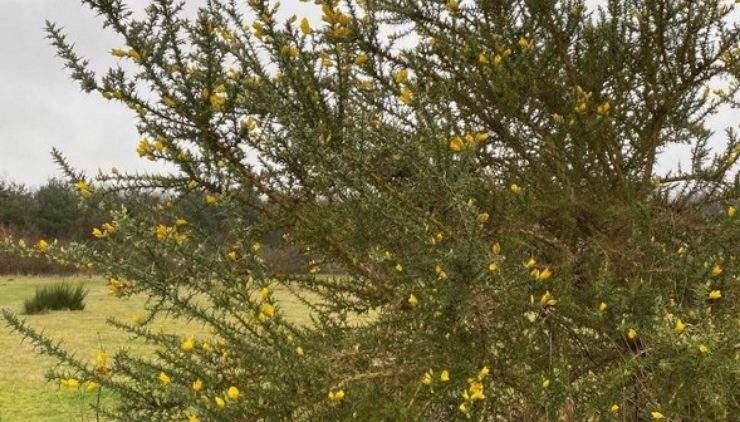October 2010
- Categories:
- Nature
The year has seen exceptionally high numbers of many fungi species particularly in late summer and early autumn and whilst many of the larger species such as the Boletes have finished fruiting, we were able to see such interesting species as false chanterelle, amethyst deceivers, clouded funnels and wood blewits. It was really encouraging to see the enthusiasm for spotting fungi shown by many of the younger members on the walk, as they would frequently dive into the bushes to find something that had caught their eye.
At the end of October I checked the bat boxes at Kelling with the help of Sam Phillips from the Norwich Bat Group (who is a licensed bat handler). We found 20 individuals from 4 species including the Natterer's bat, which is a new record for Kelling. Our best haul was a box with 13 individuals within! Most of the bat boxes have been in place for many years and credit must go to the people who made them as most were in really good condition. We intend to check the boxes again in the spring and hope for some more surprises!
We plan to introduce wildlife photography courses for visitors next year and I have been investigating wildlife photographic opportunities around the park with my colleague Mike Powles. The results of the wildlife surveys I have carried out this year indicate just how diverse the wildlife is a Kelling so we are looking forward to some interesting wildlife opportunities.
On the 1st of November I saw Common Hawker Dragonflies still egg laying in the conservation pond and peacock and red admiral butterflies feeding on some late nectar. What with the buzz of honeybees collecting nectar from the Ivy flowers it could almost have been summer!
The winter migrant birds have arrived at Kelling in the shape of fieldfares and redwings feeding on hawthorn berries and large skeins of Brent geese flying over the site. I have not seen any waxwings at Kelling yet but a number have been seen locally and already more have been seen in Britain than during the whole of last winter. Their presence in high numbers in this country usually is a result of low food supplies in Scandinavia. They are a really unmistakable bird with a large crest, plump and short tailed in appearance with a generally pinkish brown colour and a high-pitched sreeee call. Certainly this is a bird to look out for feeding on berries.


